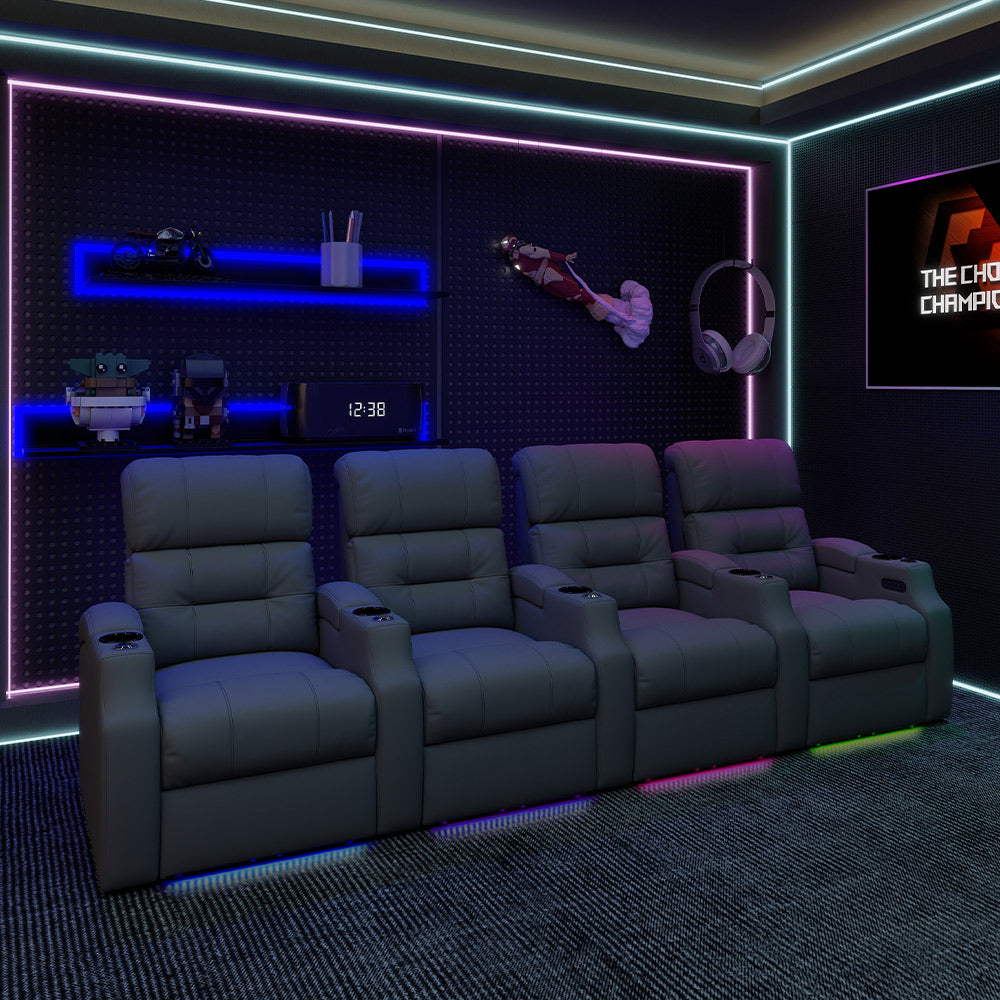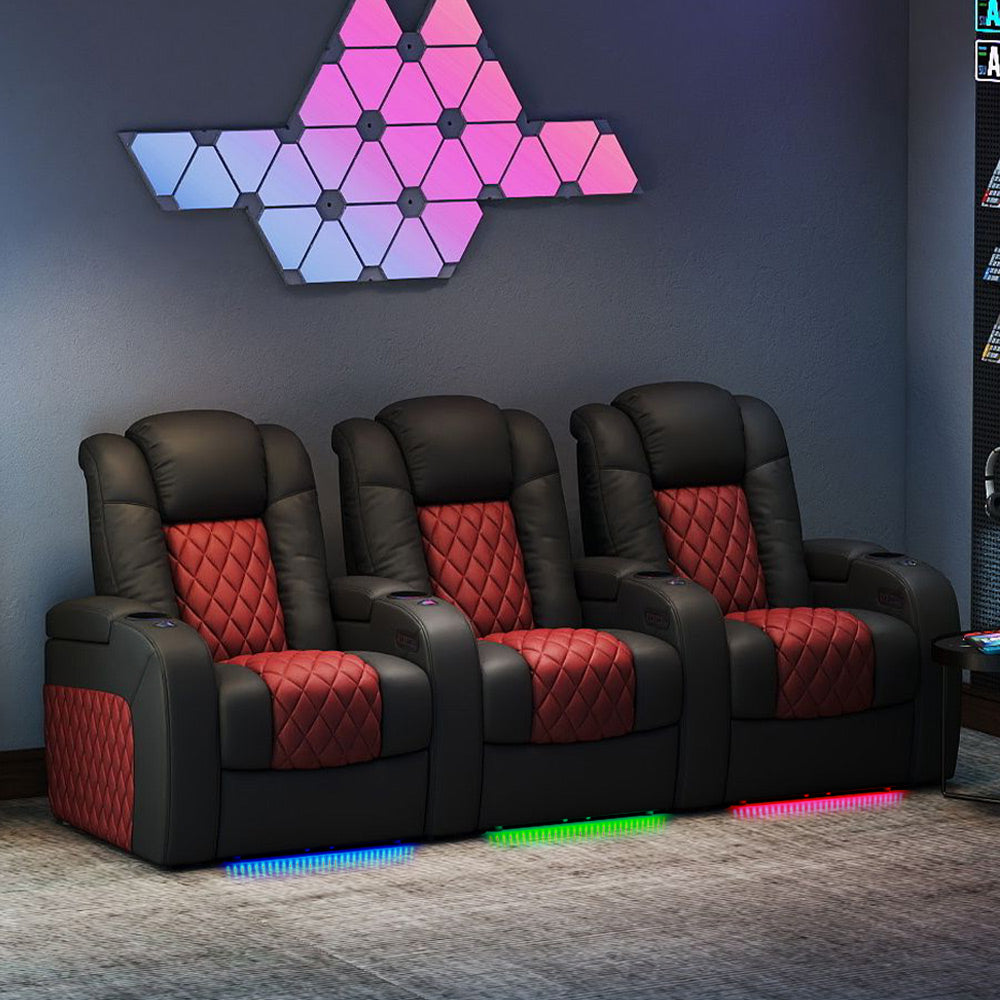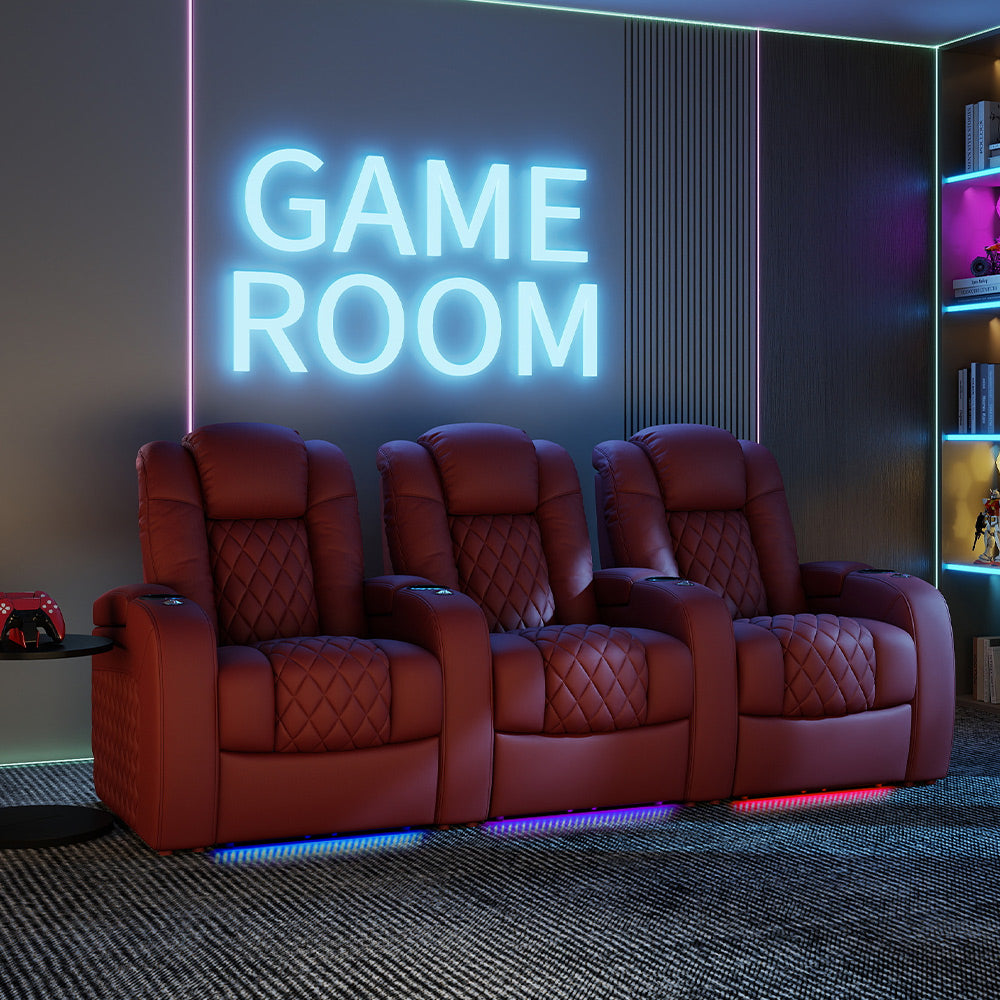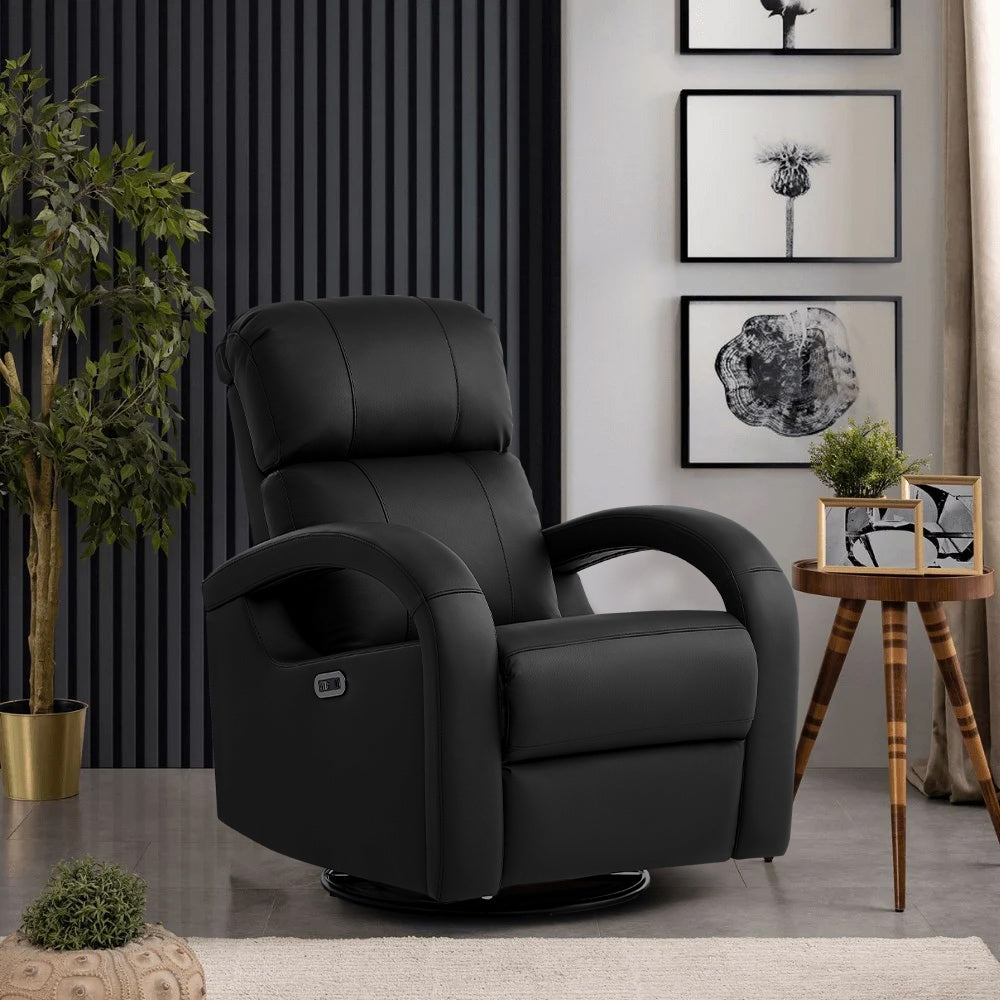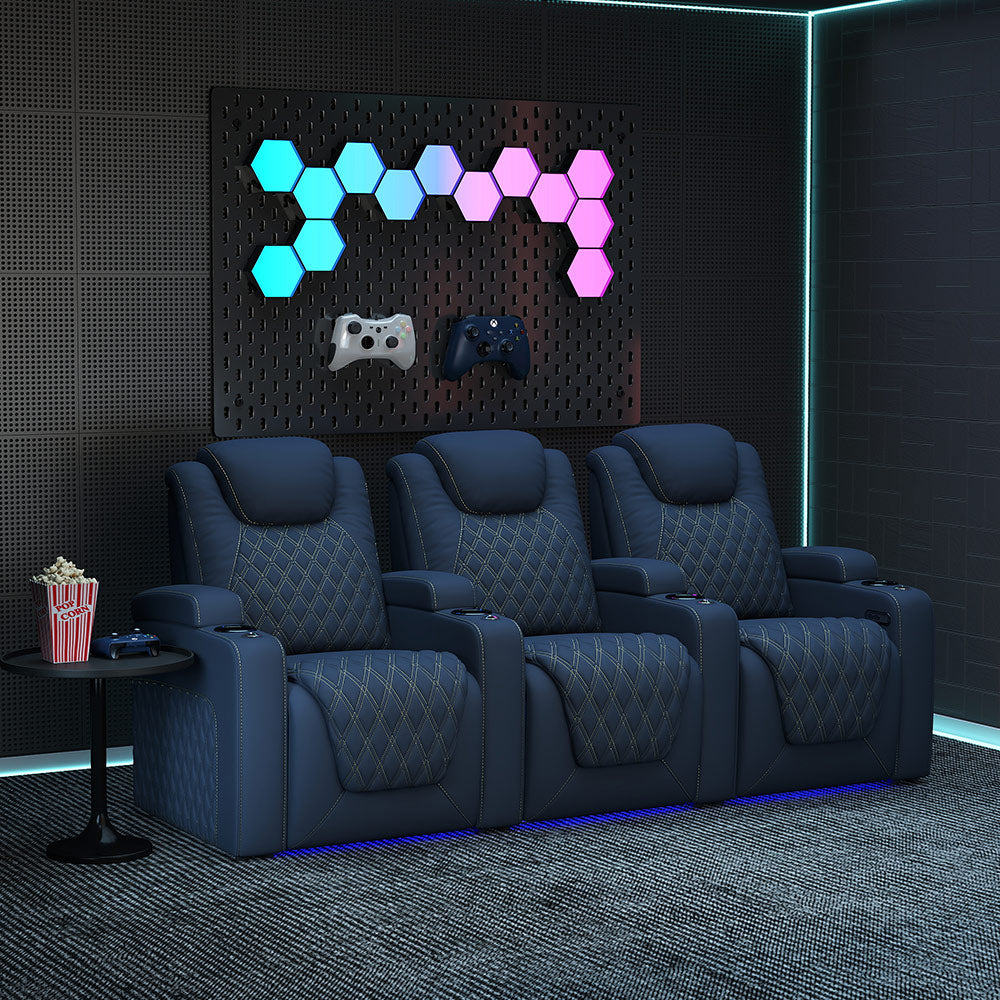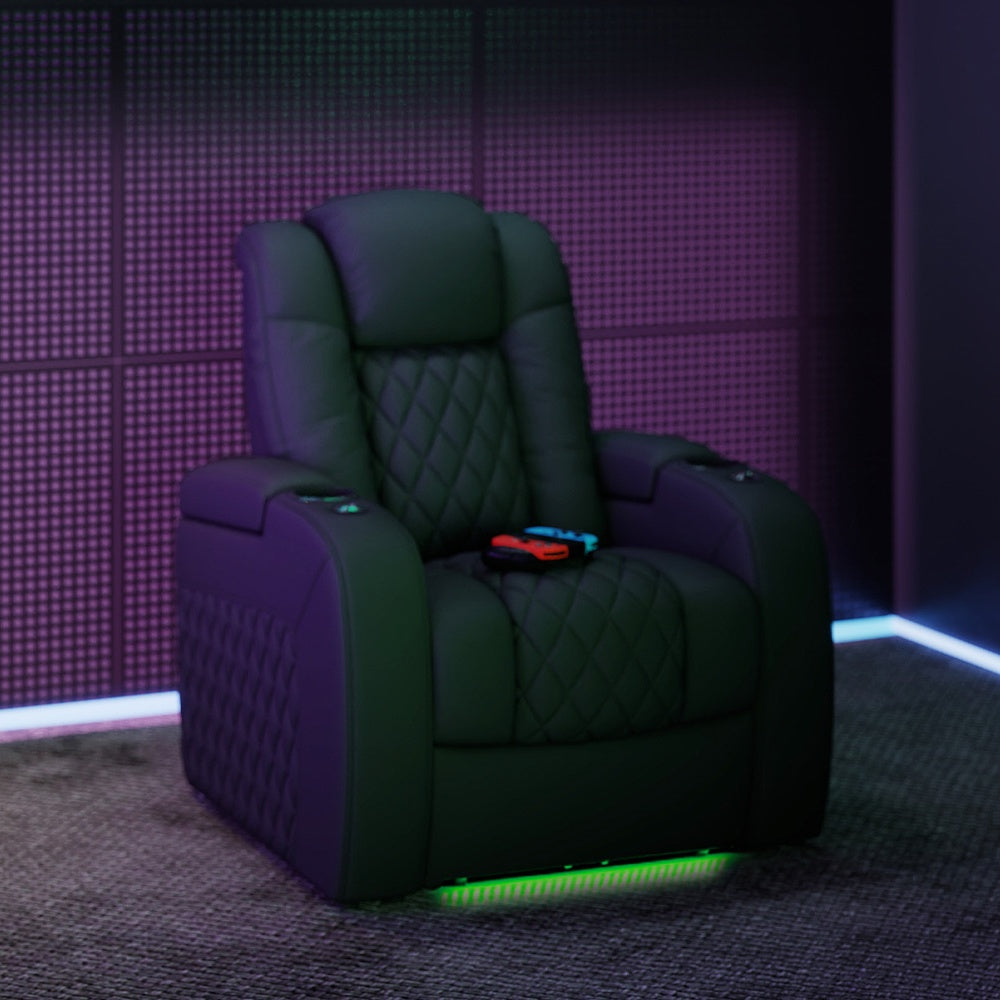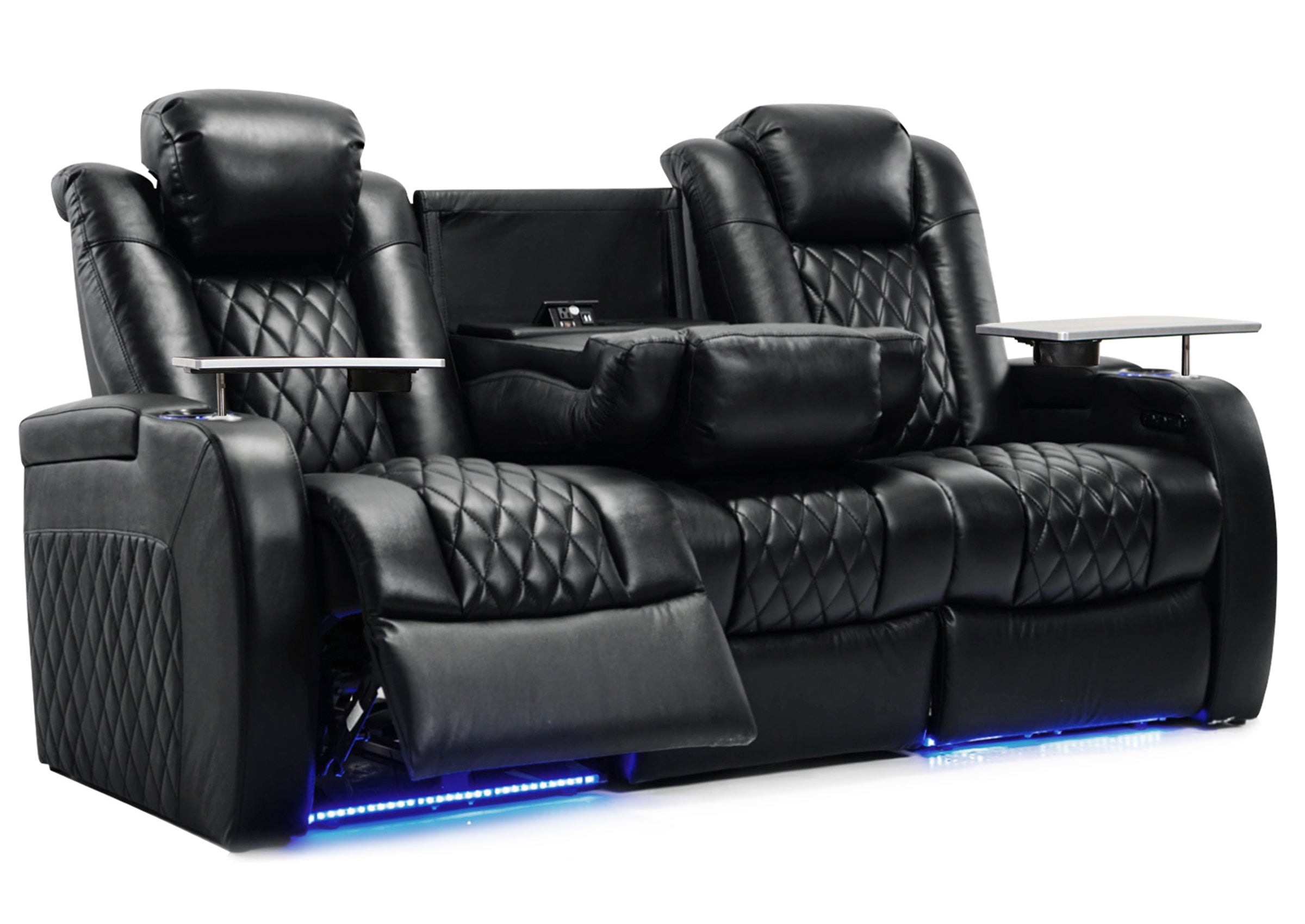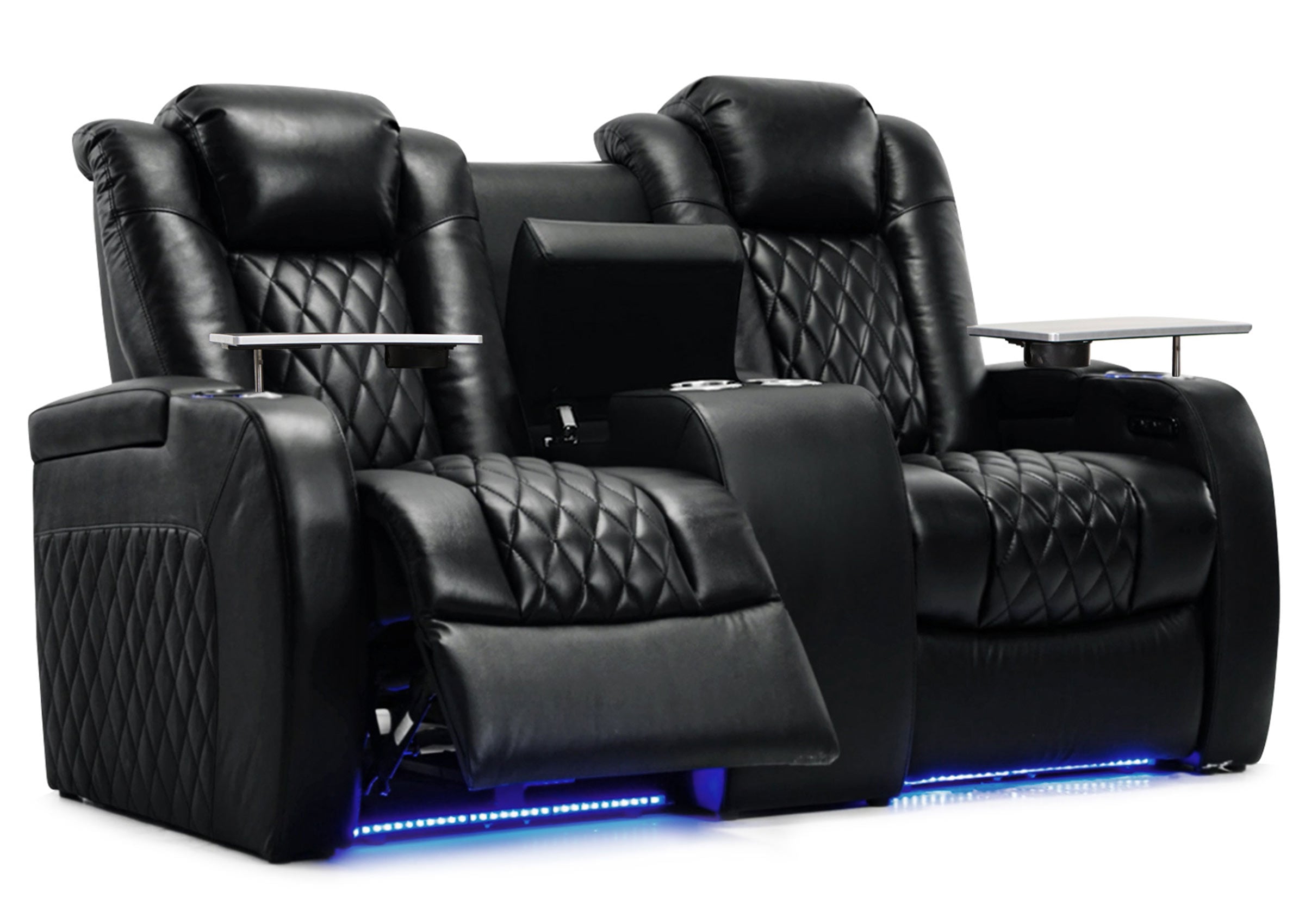
In modern home life, attics are often overlooked and become spaces for storing sundries. However, with the diversification of family entertainment methods, transforming attics into home theaters has become a popular trend. This can not only make full use of space, but also bring families the ultimate audio-visual enjoyment. This article will take you on a journey to transform the abandoned attic into a modern audio-visual paradise to explore how to transform the discarded attic into a modern audio-visual paradise.
Explore the charm of attic home theaters
Attic home theaters have become the new favorite of family entertainment because of their unique spatial characteristics and privacy. Compared with the traditional living room theater, the attic theater is more isolated from outside interference and provides a more immersive viewing experience. In addition, the irregular shape and sloping ceiling design of the attic provide natural acoustic advantages, which help sound diffusion and absorption.
Attic Home Theater Renovation Process
1.Preparation before designBefore starting the renovation, you need to plan and design first. This includes considering the following factors:
Your budget: Transforming the attic home theater requires some cost, and you need to plan according to your budget.
Your needs: What features do you want your home theater to have? How many seats do you need? What size and location of the screen do you want?
Attic space: Is the attic space large enough? Do you need to renovate the attic?

2.Sound insulation and absorption
In order to provide a good viewing experience, the sound insulation and absorption processing of the attic theater cannot be ignored. Sound insulation treatment of doors and windows is the primary task to prevent interference from outside noise. The choice of sound-absorbing materials for walls and ceilings must also be careful to eliminate echoes and improve sound quality.
3.Selection of audio-visual equipment
Choosing the right projectors and screens is key to building a home theater. Select projection equipment of appropriate size and resolution based on the size and shape of the attic. The configuration of the sound system is equally important and should be selected based on the characteristics of the space and personal preferences.
4.Lighting and furniture layout
Lighting design must consider both functionality and the ability to create an atmosphere suitable for viewing. Furniture choices should focus on comfort to ensure that each viewer gets the best visual and aural enjoyment.
5.Decoration style and personalization
The décor style should reflect the owner's personality and taste. You can create a unique home theater atmosphere through decorative elements such as paintings, lamps, and curtains.
6.Equipment installation and decoration
After completing the planning, design and sound insulation treatment, you can start installing the equipment. You need to install the following equipment: projectors, screens, sound systems, and seats. Of course, there is also the installation of system integration and smart control systems, which can greatly improve the user experience. Use your smartphone or tablet to control the devices in the theater, achieving a variety of functions such as one-button turn on, projection and sound adjustment.
Decoration and details are also an indispensable part of the attic home theater. You can choose movie-themed posters, model toys for decoration, making the entire space more personalized and interactive. You can also place some green plants or small coffee tables in the corner to increase comfort and warmth.
In summary, a successful attic home theater needs not only high-quality audio-visual equipment and good layout design, but also attention to details and atmosphere building.
Maintenance and upgrade
Regular maintenance and upgrades are the key to maintaining a good viewing experience in home theaters. This includes cleaning equipment, checking wiring and maintaining audio equipment, as well as keeping up with the latest audio-visual technology in a timely manner and making appropriate upgrades to home theaters.Case Sharing

FAQ:
Q: Is an attic converted into a home theater suitable for every family?
A: Whether converting an attic into a home theater is suitable for every family needs to consider many factors. First, the size and layout of the attic must meet the requirements of the theater, including sufficient space and good acoustics. Secondly, the theater equipment and layout should match the needs and usage habits of family members. In addition, attic renovation requires a certain amount of investment and renovation costs, which may be a heavy burden for some families. Therefore, before deciding to convert the attic into a home theater, it is recommended that families fully consider their actual situation and needs, and make detailed plans and budgets.
Q: How much budget is needed to transform the attic into a home theater?
A: The budget for transforming an attic into a home theater varies depending on region, requirements and materials. In general, costs to consider include screens, audio, projectors, seating, wiring and installation fees. Depending on different needs, budgets can range from $500 to tens of thousands of dollars. It is recommended to first develop a detailed plan based on your own needs and budget, and consult professional home theater designers or companies to ensure the best results and value.
Q: How to solve the sound insulation problem of attic home theater space?
A: To solve the sound insulation problem of attic home theater space, the following measures can be taken: 1. Install sound insulation ceiling; 2. Install sound insulation panels on walls; 3. Lay sound-absorbing carpets on the ground; 4. Install double-glazed windows; 5. Install seals at door gaps, vents and other parts. In addition, professional sound-absorbing materials such as rock wool sound-absorbing boards and shock-absorbing sound-insulating felt can also be selected. When implementing sound insulation measures, the noise impact of equipment such as air conditioners and exhaust fans should also be considered to ensure the overall sound insulation effect.
Q: How can an attic home theater blend in with the existing home décor?
To blend in with the existing home décor, you can choose sofas and curtains that match in color. Also choose furniture suitable for the size and layout of the attic space, such as folding chairs and small media centers, which not only save space but also do not take up too much floor area. You can also add some plants or decorations to the theater room to increase the comfort and warmth of the room. Finally, choose audio equipment and projectors according to the overall style of the home to achieve perfect visual and audio effects.

